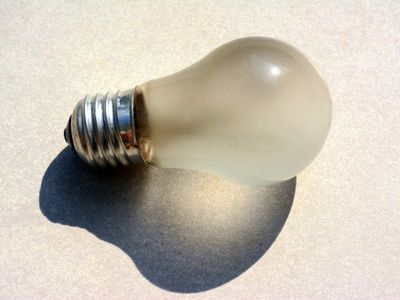What is a “Tolerable Failure”

Analyzing a Simple Equipment Failure
One of the causes on the front of the Root Cause Tree® Diagram under “Equipment Difficulty” is “tolerable failure.” This cause is available to the incident investigator when the evidence on the SnapCharT® Diagram indicates that a relatively unimportant piece of equipment has failed and can be simply replaced. Let’s take a look at what goes into this determination.
What Does the Dictionary Say?

The Root Cause Tree® Dictionary provides questions to select this category.
It asks:
- Were the consequences of the failure minor?
- Would the cost of finding the cause of this failure outweigh any potential benefits that preventing the failure might produce?
- Does the failure happen so infrequently, and are the consequences small enough that developing corrective actions would not be worthwhile?
The Dictionary also includes this note…
NOTE: Not all equipment failures are tolerable. This category is reserved for failures that are deemed to be acceptable (i.e. no corrective action is planned to prevent similar failures in the future.
Favorite Example
What is my favorite example of a tolerable failure? The burnt-out lightbulb.
Why? Bulbs are cheap. You expect to run bulbs to failure. And you usually have redundancy (more than one bulb); thus, if a bulb fails, it is no big deal.
Bottom Line
Even deciding that a particular equipment failure is “tolerable” has guidance in the TapRooT® Root Cause Analysis System.
If you want to learn more about troubleshooting and analyzing equipment failures, consider attending an Equifactor® Equipment Troubleshooting and TapRooT® Root Cause Analysis Course. CLICK HERE for upcoming course dates and locations. CLICK HERE to get a quote for a course at your site.

(This article was originally written in February 2009. It is republished here to remind TapRooT® Users of the guidance that the Root Cause Tree® Diagram and the Root Cause Tree® Dictionary provide to ensure consistency when identifying root causes.)



